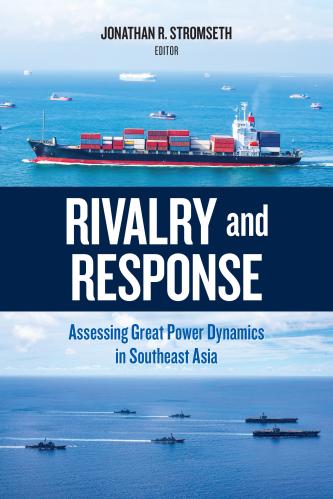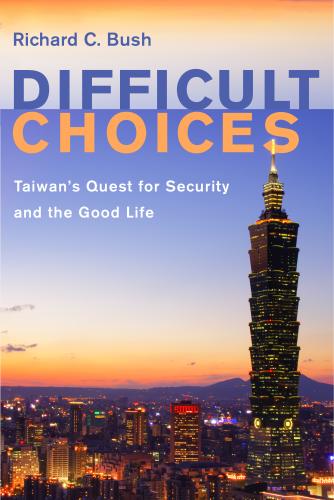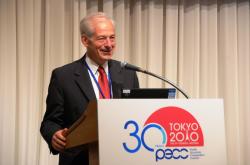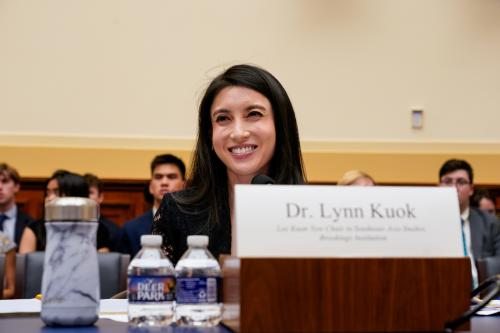If the CPTPP expands before South Korea joins, South Korea’s potential benefits may grow, but its unique bargaining power will diminish, making it more costly to negotiate entry, write Peter A. Petri and Michael Plummer. This article originally appeared in Nikkei Asia.
With surprising applications from the United Kingdom, China, and Taiwan, the Comprehensive and Progressive Agreement for Trans-Pacific Partnership (CPTPP) has moved to the center stage of East Asian geopolitics. But why is South Korea — long expected to be the first new member of the CPTPP — still missing from this list?
The case for South Korean membership was already strong in 2013 when Seoul first considered joining the Trans-Pacific Partnership, the predecessor of the CPTPP. South Korea’s achievements in technology and trade, its prominent role in global supply chains and prior negotiations, including a bilateral agreement with U.S., made it a natural candidate.
So it was not surprising that President Moon Jae-in used his 2021 New Year’s address to express, once again, South Korea’s interest in joining the CPTPP, and that Trade Minister Yeo Han-koo later added, “I think we are ready.”
But progress has apparently stalled since then, perhaps due to the politics of South Korea-Japan trade tensions. South Korea’s two largest political parties now support CPTPP membership but have no appetite for risk with elections looming in March 2022. Unfortunately, similar logic has held up South Korean participation for many years, but the case for joining the CPTPP keeps getting stronger.
First, the CPTPP would offer South Korea meaningful economic benefits. It is a high-standard, comprehensive agreement that will eliminate most tariffs on trade, liberalize hard-to-reach non-tariff barriers and create modern rules for digital trade, state-owned enterprises, intellectual property, and other areas. These rules are especially important in a fraying global trading system.
In a recent paper, we estimated significant gains from South Korean membership in a gradually expanding CPTPP. If South Korea stays out, it will lose some $3 billion annually in national income by 2030 due to trade diversion to countries inside the bloc. If it joins, it will gain $86 billion annually, becoming one of the agreement’s biggest beneficiaries.
The reason for these estimated gains is that the CPTPP would strengthen South Korea’s already central role in Asian and North American supply chains by lowering tariffs and non-tariff barriers with Japan, Malaysia, Mexico, Vietnam, and others.
Second, the benefits of South Korean membership would multiply as the CPTPP admits new members. Interest from numerous suitors offers the CPTPP good options. We estimate that members’ gains would triple with the addition of five middle-sized regional partners and quadruple if China or the United States were to join.
Third, in addition to these direct benefits, the CPTPP would strengthen South Korea’s hand in its asymmetric and sometimes contentious relations with three large partners, China, Japan, and the U.S.
The China-U.S. trade war has not directly hurt South Korea so far. It may even have shifted markets from Chinese to South Korean producers. But it is dangerous. South Korea depends on China and the U.S. for nearly half of its trade, access to materials and technology, and national security.
No international framework can fully insulate South Korea from such political pressures, but coalitions of middle powers offer leverage, especially in handling Chinese or U.S. membership in the CPTPP. For example, these countries can be much more forceful in challenging the political manipulation of trade together rather than individually.
The CPTPP could also ease South Korea-Japan trade tensions by moving difficult issues into a multilateral framework. Solutions that neither side wants to accept unilaterally — say, with respect to Japanese export controls and South Korean controls on fish imports — could simply become conditions of joint membership in the CPTPP.
Japanese policymakers will recognize these effects as gaiatsu, the use of international pressure to contain parochial opposition to beneficial policies. Just as international rules can encourage domestic reforms, so they can also defuse international economic tensions.
Finally, the U.S. is also debating, albeit well below the political radar, joining CPTPP. If South Korea were already in the CPTPP, U.S. entry would be much to its advantage. In fact, South Korean membership might encourage Washington to join. And if America reenters, it will ask for plenty of changes in the agreement and South Korea will want to be at the negotiating table.
Overall, an expanding CPTPP will strengthen trading relationships among South Korea’s principal economic partners. It makes good sense to support this process. South Korea has already begun to ratify another pillar of the regional framework, the Regional Comprehensive Economic Partnership (RCEP), covering 15 East Asian economies.
The CPTPP and RCEP are complementary. They have seven common members and broadly similar architectures. They differ in ambition, but in time many RCEP economies will likely “upgrade” to the CPTPP.
But now the window is closing on South Korea’s leverage. If the CPTPP does expand before South Korea joins, South Korea’s potential benefits may grow, but its unique bargaining power will diminish, making it more costly to negotiate entry.
South Korea has already lost some influence over the region’s early responses to new CPTPP applicants. Meanwhile, South Korea’s entry has become more complicated, as it would now have to juggle negotiations with members who want China to join and those who do not.
Time is of the essence. South Korea has good reasons to join the CPTPP and good relations with most of its members. But it also has sensitive sectors that will become more vulnerable as membership grows. Best to join now when costs are low and potential gains are high.
The Brookings Institution is committed to quality, independence, and impact.
We are supported by a diverse array of funders. In line with our values and policies, each Brookings publication represents the sole views of its author(s).









Commentary
Why South Korea should join the CPTPP
December 2, 2021